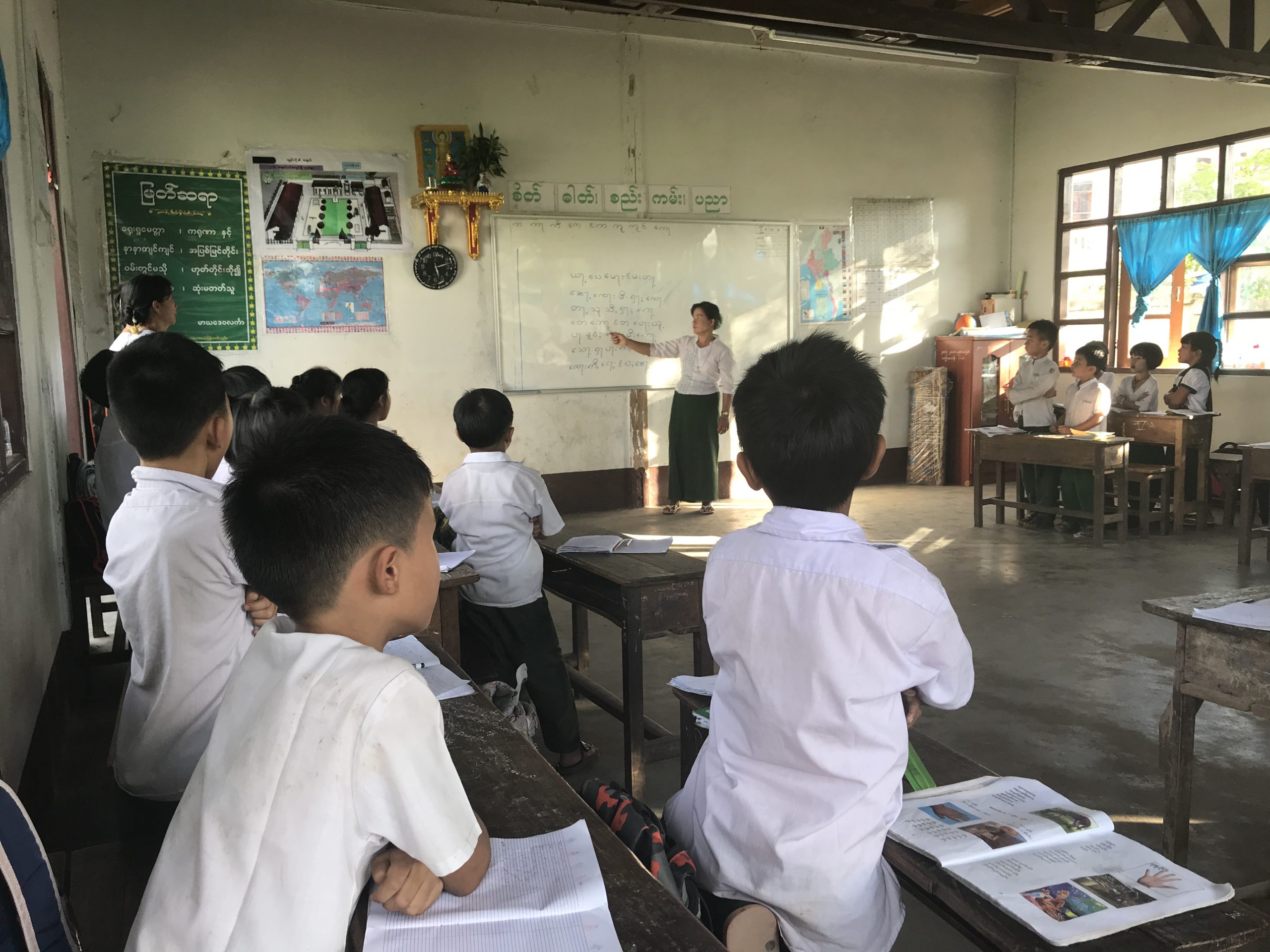
Nicolas Salem-Gervais, on the teaching of ethnic languages in government schools, past and present.
This is Part One of a three-part series – which forms a much shorter and more opinion-based version of an upcoming academic work (Salem-Gervais 2019) – aimed at offering a new perspective, and stimulating constructive debates, on several aspects of the representation of ethnic identities in Myanmar’s national education system, especially questions of languages.
The absence (or suppression) of ethnic languages in government schools has always ranked high among ethnic minority groups’ grievances towards the State in Myanmar. This very issue, often pointed out as a tangible evidence of a deliberate “Burmanisation” process orchestrated by the State, has largely contributed to the birth of individual ethnic consciousness (see Kheunsai in Lall & South 2018) and has certainly played a key role in triggering (or sustaining) the formation of several ethnic armed movements.
Surprisingly, ethnic languages and education issues have so far not featured prominently in conversations around the peace process (Lall & South 2016, Lall 2018). Education and ethnic languages are mentioned in the National Ceasefire Agreement (NCA), but in rather vague terms (Jolliffe & Speers Mears 2016), and the latest round of peace talks (July 2018) yielded an agreement on fourteen new basic principles, among which is an “all-inclusive education system”, a point which certainly leaves room for interpretation.
In this regard, one of the key issues is the future of non-state Ethnic Basic Education Providers (EBEP), some (but not all) of whom are directly linked to Ethnic Armed Groups. Those organizations developed, over the last decades, education programs and systems, at primary (and to a lesser extent secondary and beyond) level, sometimes completely disconnected from the central state. They provide education, often through mother tongue, to an estimated total of 300,000 children across the country (Lall & South 2016, Jolliffe & Speers Mears 2016).
Many of those education systems, constructed across years of conflict, have been delivering an education with a strong ethno-nationalist perspective, mirroring the State’s largely Burman-centric conception of education (Salem-Gervais & Metro 2012). Finding ways to recognize these systems and implement workable compromises to promote their participation in a national education framework will be challenging, but certainly crucial to reform, if education is to play a role in peace-building (Lall & South 2016, Jolliffe & Speers Mears 2016, Jolliffe 2018).
However, arguably less overall attention has been dedicated to the related issue of teaching ethnic languages in government schools, which provide education to a total of over five million primary school children. The (re)introduction of those languages throughout government schools in minority-populated regions, which has been underway since 2013, constitutes another critical aspect of ongoing educational and political reform. This shift in language-in-education policy is indeed liable to provide substantial benefits for the country, in at least three dimensions, which also echo contemporary international concerns:
Myths or imprecisions about the past can be great obstacles to an accurate assessment of contemporary challenges. When it comes to education, many, including politicians and journalists, rapidly describe the parliamentary period—in contrast to the subsequent post-1962 dictatorship years—through a short sentence along the lines of “Burma/Myanmar once had (one of) the best education system in (South-East) Asia”, leaving the reader to imagine a sort of golden age, during which the whole of Asia jealously envied Burma, seemingly a land of wise and educated people.
This simplistic assessment of the past is problematic. The foundation of this myth probably rests on early Europeans travelers to what would become Burma, who were impressed by the proportion of the population able to read (thanks to monastic education), which was then probably higher than in any European country (Scott 1906, Furnivall 1931). Much later on, certainly, in the wake of the colonial period, urban elites (and to some extent Christianized rural populations) had access to an English-medium education, similar to, or better than, that found elsewhere in the British empire. During that period, indeed, those who obtained a medicine degree from Rangoon University could pursue their education directly in England, which was not the case in Indian universities (Steinberg 2001).
However, Tinker (1961), also describes the tradeoffs of quality for quantity occurring in those post-colonial years, with more students accessing higher education. More importantly, during the “golden age,” in the context of multiple conflicts and political crises, access to basic education for the bulk of the population was scarce and dropout rates were extremely high, despite the strong political will to use education to build the nation (Thaung Htut 2000, Salem-Gervais 2013). Wealthy urban families tended—not totally unlike today—to send their children to private schools, often run by missionaries, which emphasized English language skills.By contrast, the share of the general population accessing secondary education was extremely low (Thaung Htut 2000). In 1959, despite an eight-fold increase of the education budget over a decade and very significant improvements compare to the years following independence, only 13% of the state schools’ population was in middle schools and 3% in high schools, a situation that was mainly attributed to poverty by the Ministry of Education[1]. In rural areas of Shan state for instance, at the same period, less than 10% of children finished primary school (Sai Kham Mong 2004).
During this period ethnic languages could in theory be taught as subjects in public schools, up to Grade 3 (Thaung Htut 2000). In practice, however, whether or not a given language was taught in government schools depended on the socio-linguistic situations of the different groups and on their willingness and readiness to teach. The lack of trained teachers and teaching materials, the necessity of inventing scripts or standardizing dialects, the awareness and interest of local populations, the complexity of ethnic settings and the local balance of demography and power between various groups often constituted enduring obstacles to given languages being taught (Sai Kham Mong 2004, Kyaw Yin Hlaing 2007).
The elites of certain groups, including the Mon, Shan and Karen, were already acutely aware of the role language-in-education could play in the future of their respective nations (Perrin 1958), and so were able to produce curriculums, sometimes beyond the primary level, for use in government schools. Some of these groups, like the Mon and Karen, even had a dedicated representative in the Ministry of Education. However, for many others, the teaching of ethnic languages remained an out-of-school activity, carried out by religious institutions and newly formed Literature and Culture Committees (LCC).
Many also describe, by contrast, the post-1962 dictatorship simplistically (much like the description of the colonial period found in the propaganda of successive military regimes). While past military regimes under Ne Win and Than Shwe did cripple the education sector and suppressed the independent media (including those using minority languages) in order to secure power, when it comes to minority languages in education, many, including activists and journalists, copy and paste a short sentence along the lines of “The teaching of ethnic languages was banned after 1962.”
Indeed in many instances, especially in regions where Ethnic Armed Groups were operating, the army forbade ethnic language classes altogether. Sometimes this policy reflected a Burman chauvinist conception of the nation and an absolute priority given to the diffusion of the national language, but also the underlying fear that ethnic language classes could propagate ethno-nationalist ideas supporting the armed groups. During that era, the jailing of ethnic language teachers has been reported, and overall, the 1962-1988 period was certainly not a gilded age for ethnic languages and their teaching.
However, the reality was a bit more complex and heterogeneous (Kyaw Yin Hlaing 2007, Salem-Gervais 2013, Jolliffe & Speers Mears 2016). According to the official curriculum guidelines, ethnic languages could be taught up to Grade 3, with a maximum of five 45-minute classes a week (Thaung Htut 2000). Textbooks for several ethnic languages were also produced during the 1970s and 1980s for the teaching of the main ethnic languages (usually those associated with one of the ethnic states, see illustrations below). The Ministry of Education also compiled detailed reports dealing with ethnic languages during the 1970s—one of their explicit aims being to assess the challenges of teaching Burmese in those regions—and many ethnic languages were taught outside of the schools, both by lay and religious organizations (the involvement of the later helping to mobilize human and material resources while often contributing to decrease the suspicions of the authorities).
In practice, interviews suggest widely varying experiences from one government school to another, even within the same ethnic group, depending on specific local conditions, such as the proximity to conflict, the benevolence of local authorities, the ethnic composition of the school, the interest of the population and the availability of ethnic language speaking teachers. It is also important to note that in some instances, language persecution came not only from the central state and the army, but also from locally dominant armed-groups toward other minorities.
The heterogeneity is striking: while some report that teaching ethnic languages was totally forbidden in certain places, even outside of the schools, others remember learning an ethnic language inside a government school as recently as the early 2000s, despite the absence of ethnic languages in official Ministry of Education programs under the State Law and Order Restoration Council (SLORC)/State Peace and Development Council (SPDC). Overall, the bitterness that some groups have towards the successive military regimes is thus more than understandable, as some have seen the opportunities to teach their languages drastically reduced or suppressed.
However, the prevalent, black and white, assessment of language-in-education policy history, which depicts a systematic will to “Burmanize” ethnic minorities, is problematic. More than its lack of historical accuracy and failure to capture the heterogeneity of situations throughout the country, the problem is that it boils down a complex issue to the political will from the central state to teach, or not teach, ethnic languages in government schools. While this political will is certainly key in the process, ignoring several other critical aspects of the issue, and thus, often, taking all responsibility away from minorities when it comes to their linguistic endeavors, creates a cognitive fog that dulls the capacities to understand upcoming challenges.
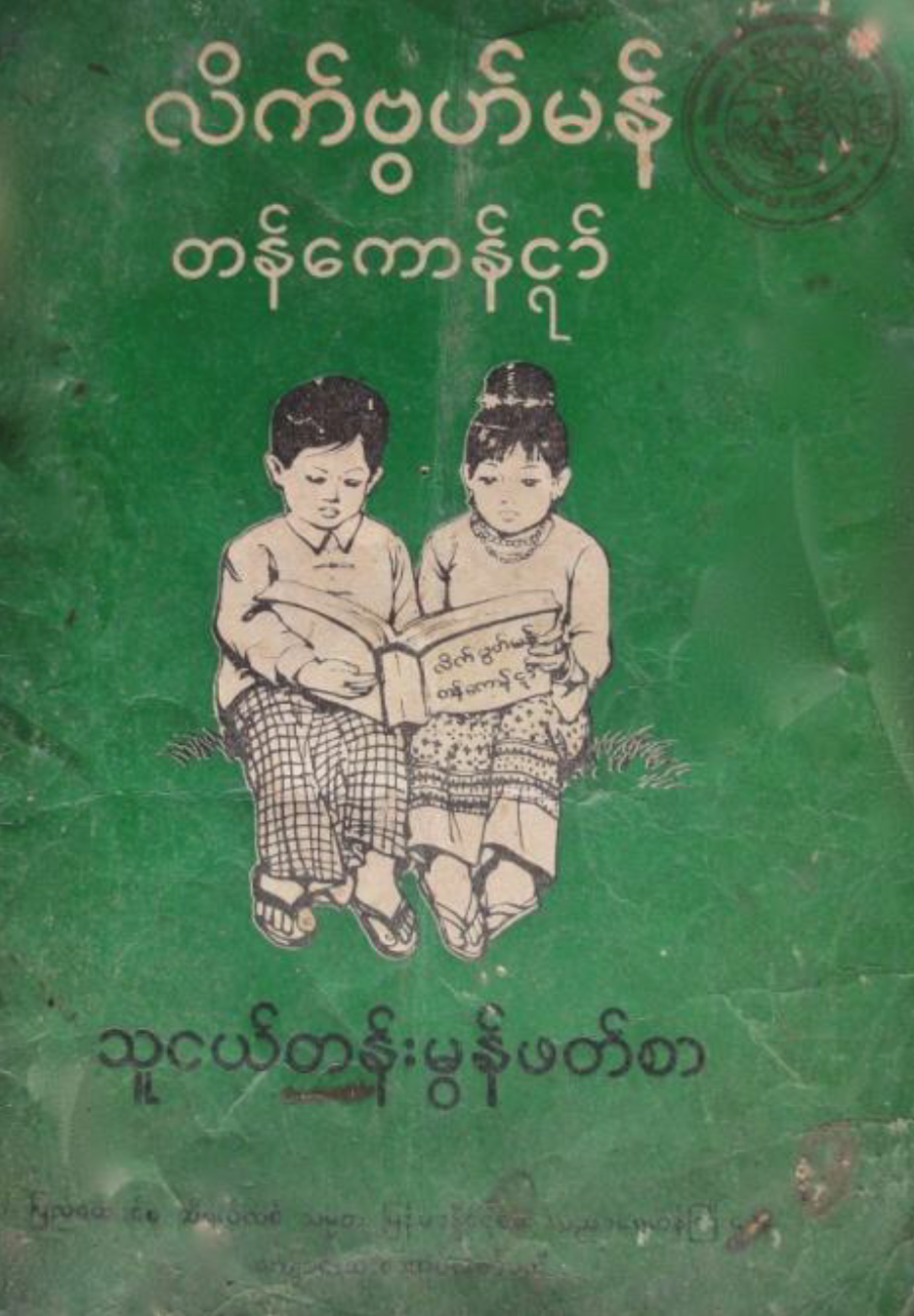
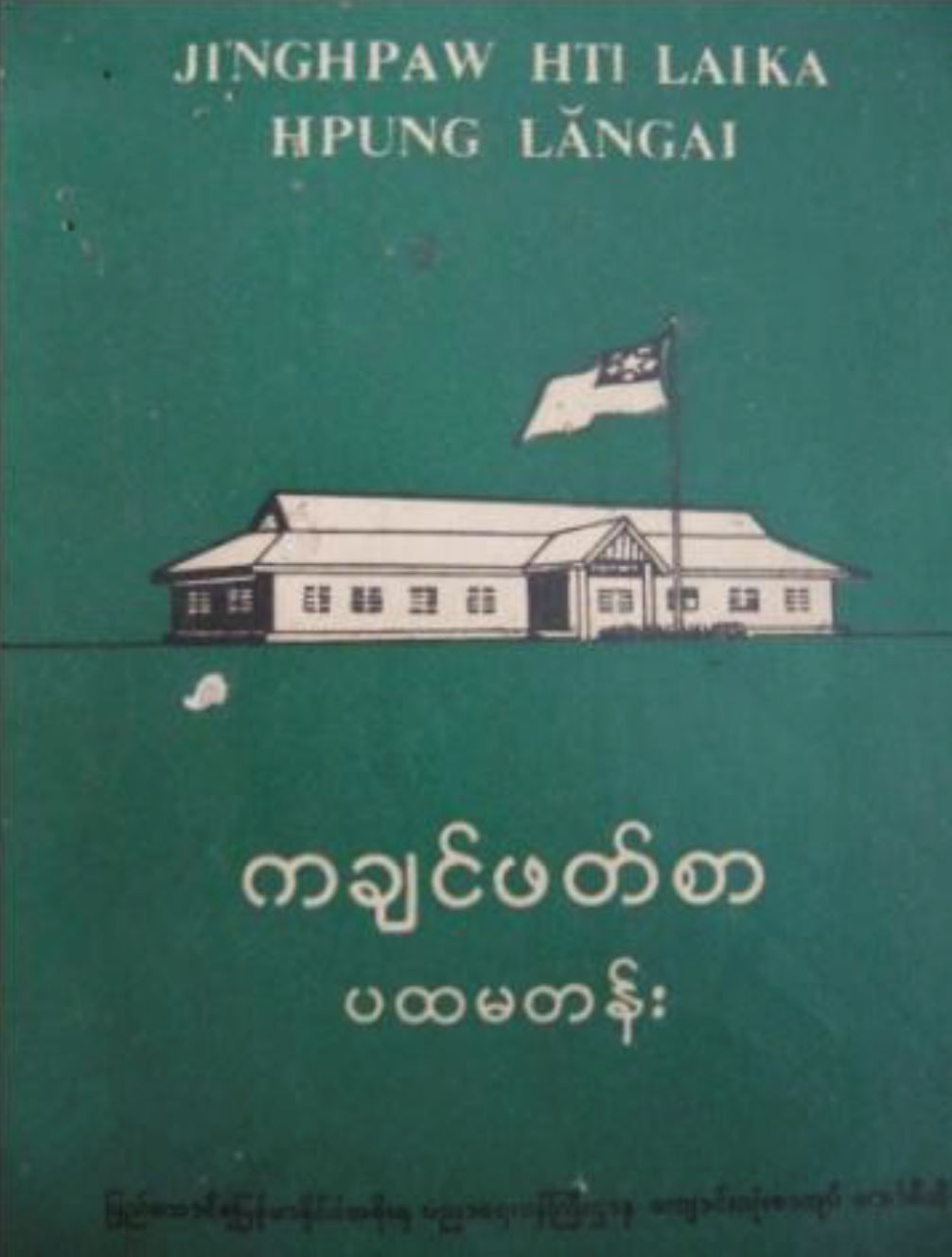
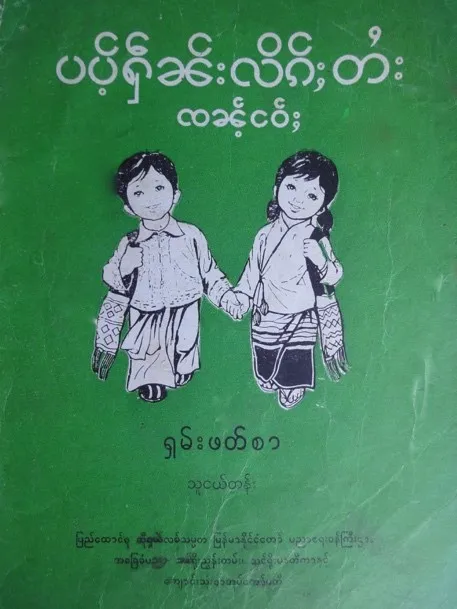
Following a shift in Myanmar’s language-in-education policy in 2012, since upheld in the 2014-2015 National Education Law, the teaching of ethnic languages, as subjects, up to Grade 3 (and sometimes beyond), has already started, progressively, in government schools (see illustrations). According to (difficult to verify) official data, there are today around 20,000 ethnic language teachers, teaching sixty languages across the country, while more than ninety languages are used in preschools.
In practice, however, a number of challenges have hampered the development of this activity in many regions. Ethnic language teacher salaries are extremely modest, at 30,000 to 80,000 MMK/month (20 to 50 USD, depending on their exact status, which the local community may supplement) for those who are not already in-service government teachers (who receive around 200 000MMK, depending on their exact position). Some of the early, unprepared, attempts at writing textbooks were direct translations from Burmese, and often proved impractical in classrooms. Furthermore, ethnic languages are not part of the government curriculum, and are often taught out of school hours, which largely contributes to parents and children perceiving them as low priority.
Another major challenge that is less often described is a great heterogeneity, from one group to another, in terms of readiness to teach these languages, through the necessity of language standardization, availability of teaching material, training of teachers, and so on. A few groups, first and foremost the Mons—who present a unique socio-linguistic situation (see Part 2)—were in a position to react promptly to the national shift in language-in-education policy. Others have been much slower to acknowledge those opportunities and take action.
Locally, in the Pa-O region for instance, these multiple issues have sometimes led to a stagnation or diminution of actual ethnic language teaching in government schools over the last few years. Overall, however, the opportunities to teach ethnic languages as subjects are developing and will likely increase in the near future. In a move towards decentralization and following the education law of 2014-2015 (art. 39 f. g.), a “local curriculum”, which is still in the early stages of development, will allow each state and region to introduce locally relevant content, amounting to 14% (primary) and 10% (middle and high schools – only 5% in Grade 12) of the total teaching hours.
These slots in the school teaching schedules could include a wide range of subjects, such as agriculture, local economic activities or computer skills, but could also be used for the teaching of content related to local identities. In this regard, two remarkable features of the current draft guidelines for local curricula, are 1) the option to teach ethnic languages, as subjects, up to high school (see Part 2 regarding the challenges regarding that prospect as well as Mother Tongue Based Education), and 2) the possibility to teach “ethnic cultures”, at all levels, and “ethnic cultures and histories” at the primary level (see Part 3).
Video: Teaching of Shan language in primary schools in Kengtung Township, Eastern Shan State.
Video: Teaching of Shan language in primary schools in Kengtung Township, Eastern Shan State.
Video: Teaching of Akha language in primary schools in Kengtung Township, Eastern Shan State.
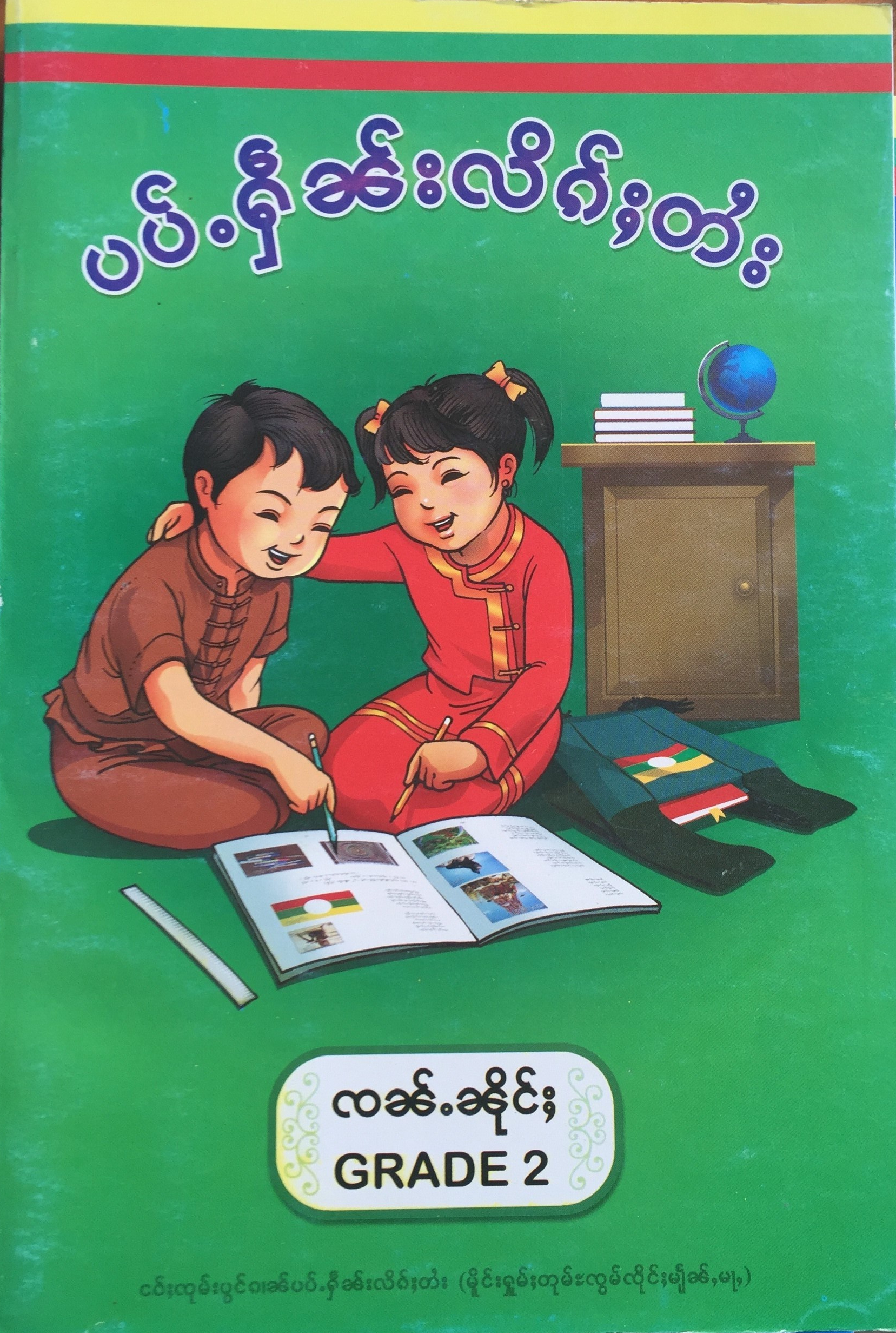
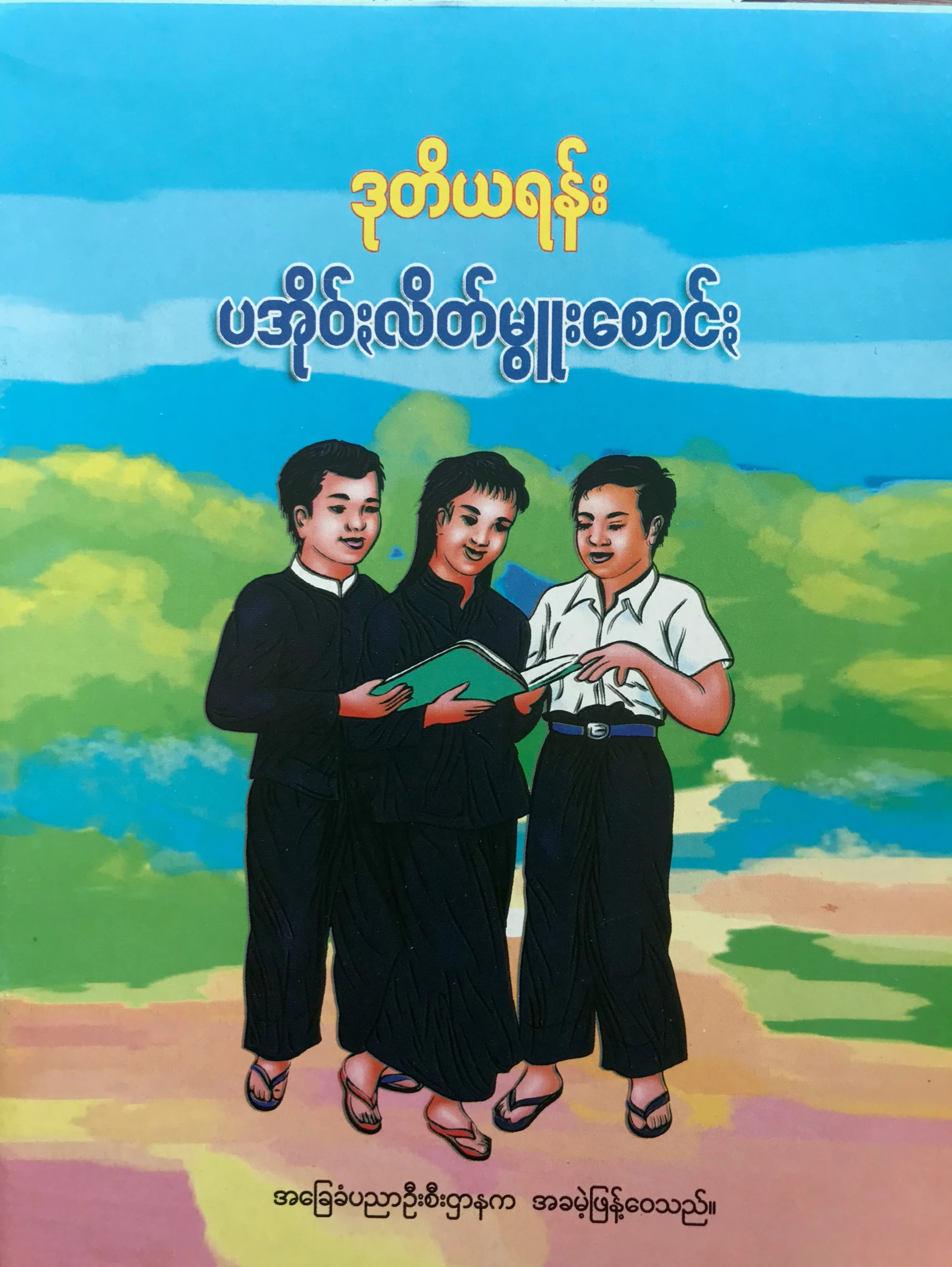
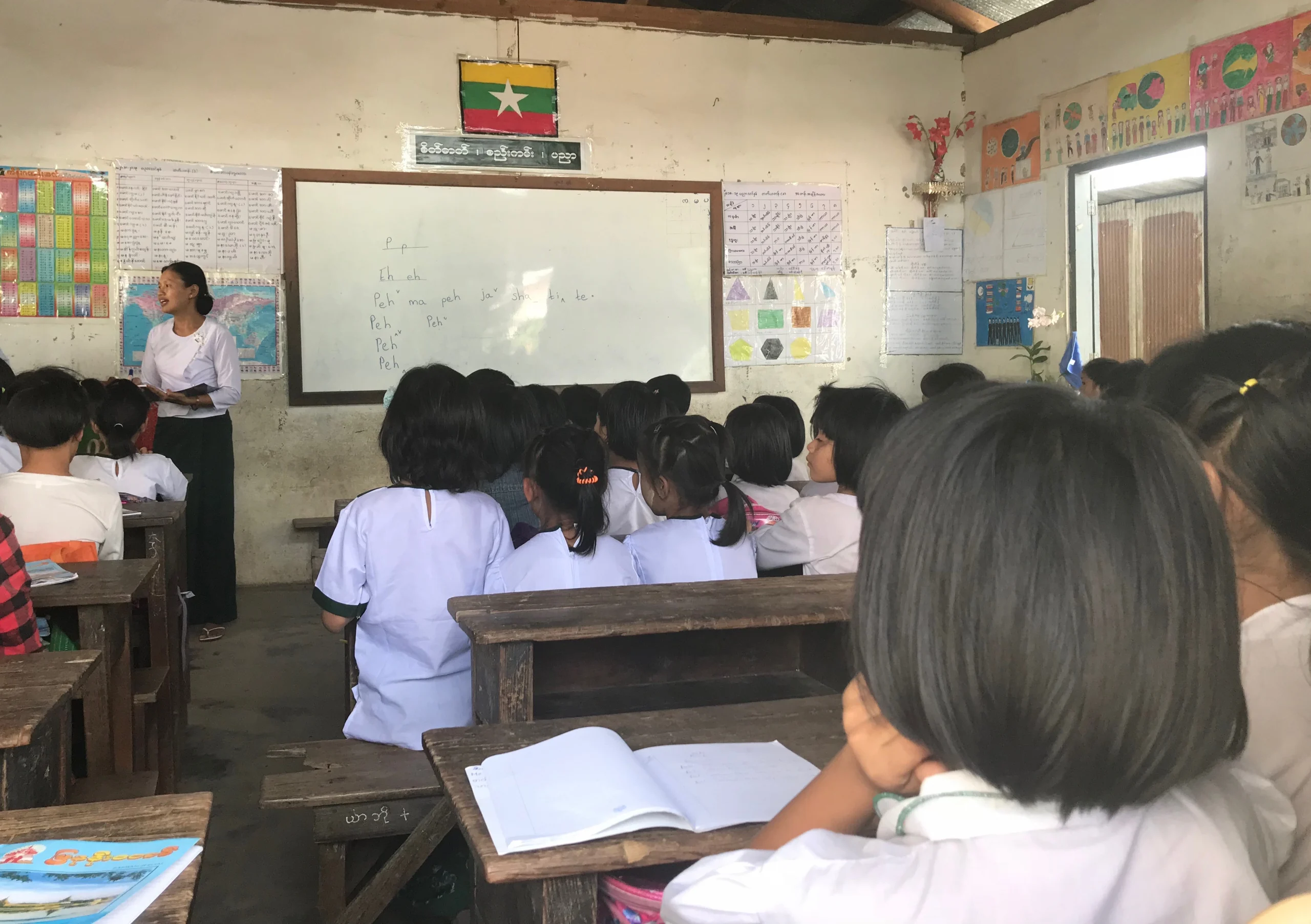
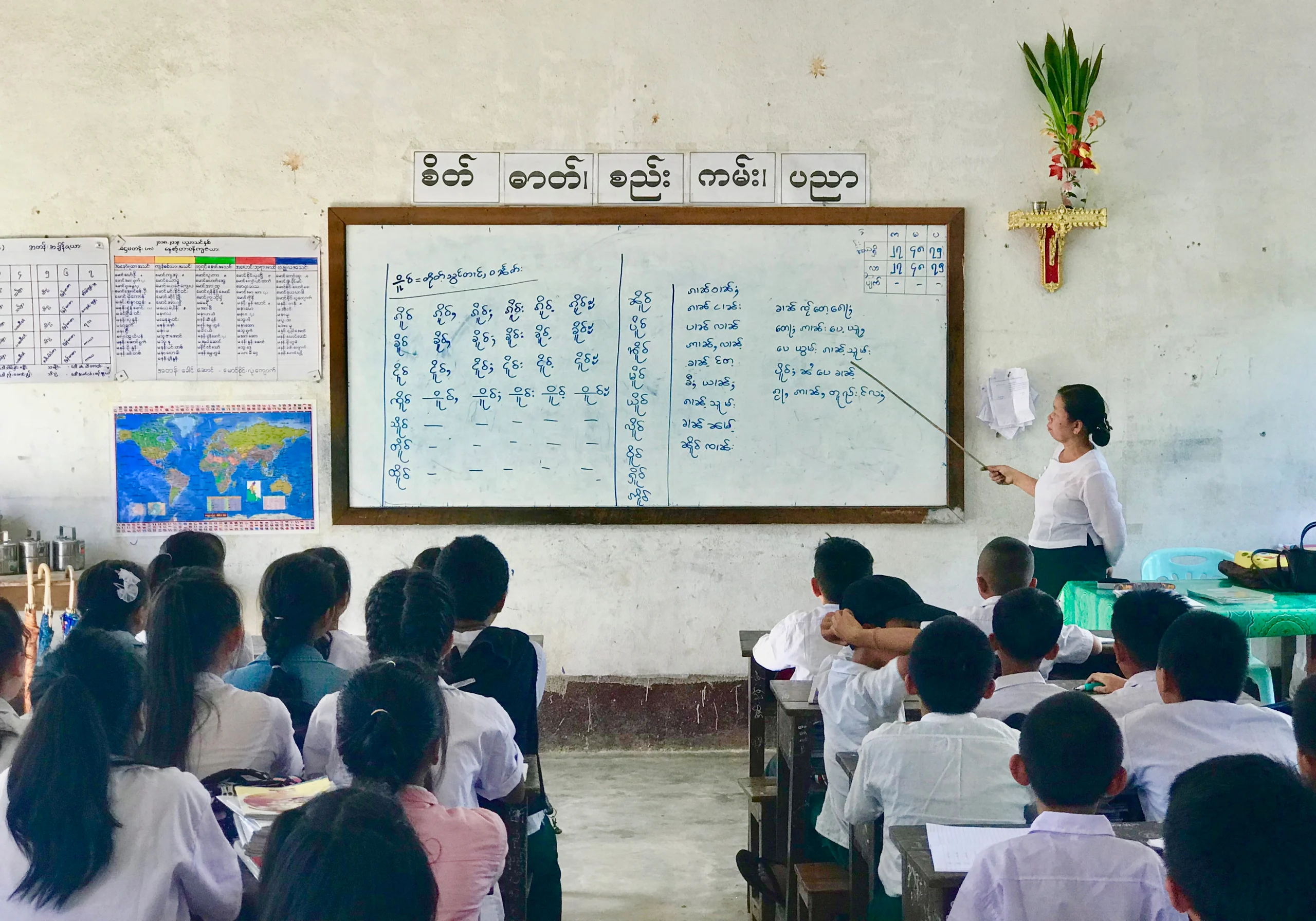
Nicolas Salem-Gervais is a Maitre de conférence at the Burmese language section, South East Asia Department of Institut National des Langue et Civilisations Orientales (INALCO) in Paris, and is affiliated to Centre Asie du Sud-Est (CASE). Since 2007, his research has been dealing with various aspects of education and nation-building in Myanmar.
Notes
Like This Article
September 25, 2019

Center for Southeast Asian Studies, Asian Institute 1 Devonshire Place Toronto, Ontario, M5S 3K7, Canada
©TeaCircle All Rights Reserved 2023